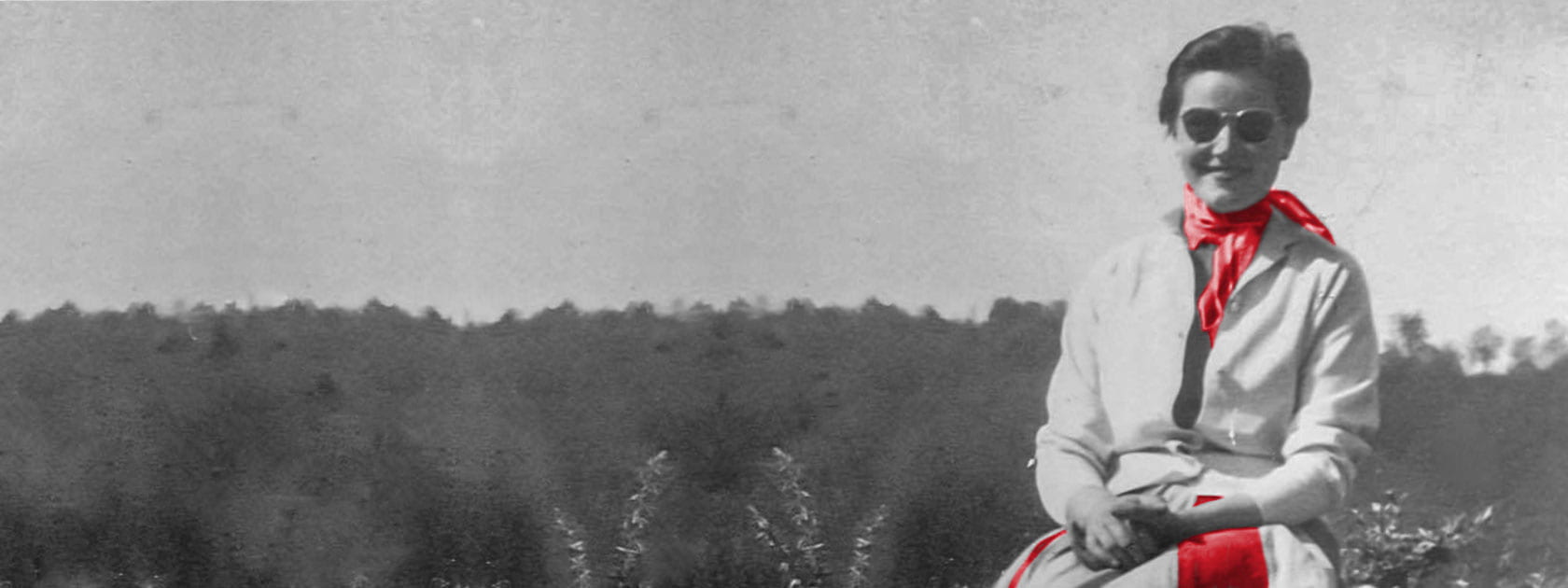Nincheri, Guido Michele: Collection Items
Click on the categories below to explore items in the collection related to Guido Michele Nincheri and the Nincheri family.
POW #: P688
ARRESTED: June 10, 1940
RELEASED: October 22, 1940
NATURALIZED: 1923
BORN: September 29, 1885
DIED: March 01, 1973
CAMP(S): Petawawa
TOWN/CITY: Montreal
MARITAL STATUS: Married
OCCUPATION: Artist (painting, sculptures, frescoes, stained glass)
Guido Michele Nincheri was nine years old when a teacher discovered his artistic talent. However, Nincheri’s father – a wealthy textile broker – did not support his son’s interest in art. In fact, the father refused to pay the son’s tuition fees at an art school. Luckily, Nincheri was able to obtain scholarships. He was 18 years old when he left home to study classical design and architecture at the Academy of Fine Arts in Florence. He stayed at the institution for twelve years.
Nincheri was married to Giulia Bandinelli. In 1914, the couple was travelling to Argentina for their honeymoon. They had planned to settle in Argentina. The Nincheris were in Boston when World War I began. Due to safety concerns, they could not complete their journey to Argentina or return to Italy. An acquaintance in Boston suggested that they travel to Montreal.
Shortly after the couple arrived in Canada, Nincheri was hired by Henri Perdriau – Quebec’s most prominent church decorator. Nincheri’s work with Perdriau led to a new focus in his career. He began designing stained glass windows and frescoes in churches throughout southern Quebec, Ontario and the northeastern United States. In 1933, Pope Pius XI called Nincheri the church’s greatest artist of religious themes.
Nincheri’s studio was located at 1832 Pie IX Blvd. Guido and Giulia Nincheri lived in Apartment 1 – 4058 Ontario St. East. They had two sons: Gabriel (b. 1915) and George (b. 1920).
Nincheri’s internment during World War II was linked to the fresco he painted for Montreal’s Madonna della Difesa Church in the 1930s. Nincheri was assisted by Guido Casini (also interned). The fresco celebrated the 1929 Lateran Treaty which made the Vatican a sovereign state and enshrined Catholicism as Italy’s state religion. It depicted fascist dictator Benito Mussolini sitting on a horse. Once Italy declared war on the Allies, Nincheri’s fresco became politically suspect. The fresco was covered with a tarp for the duration of the war.
Following Nincheri’s arrest, Giulia tried to convince Canadian authorities that the church’s curate, Father Manfriani, forced Nincheri to include Mussolini in the fresco. According to Giulia, Nincheri would have risked losing the contract If he had not complied. She even provided original sketches of the fresco that did not include the dictator. In a 1996 interview with Maclean’s Magazine, Nincheri’s son George stated, “My father was against totalitarianism. He always said religion was the only thing that helps a man walk on the straight [sic].”
After Nincheri was released from camp, he continued to work on religious art and created more than one hundred frescoes and stained glass during his career. In 1972, he was knighted by the Italian government. In 1992, the City of Montreal honoured Nincheri as a builder of the city.
One of Nincheri’s employees, Vincenzo Poggi, was also interned.
Biography by Travis Tomchuk
SOURCES:
- Fisher, Luke. “Montrealer Guido Nincheri’s Stained Glass and Frescoes Adorn Dozens of Churches.” Maclean’s Magazine, Jan. 8, 1996: 68.
- Interview with George Nincheri. May 10, 2011. Columbus Centre Collection.
- Interview with Roger Boccini Nincheri. July 21, 2011. Columbus Centre Collection.
- Library and Archives Canada, Custodian of Enemy Property: RG 117, Vol. 664, Internee File 4727, “Guido Nincheri.”
- Salvatore, Filippo. Fascism and the Italians of Montreal: An Oral History, 1922-1945. Toronto: Guernica, 1998.



